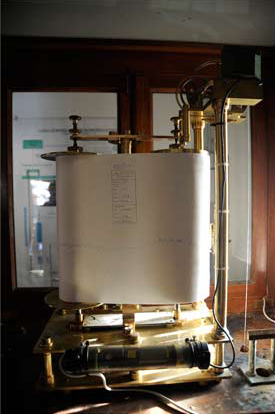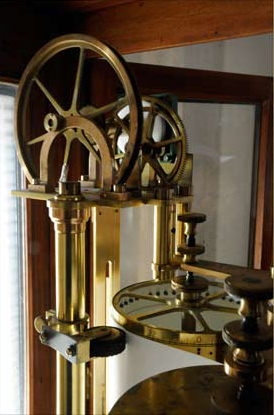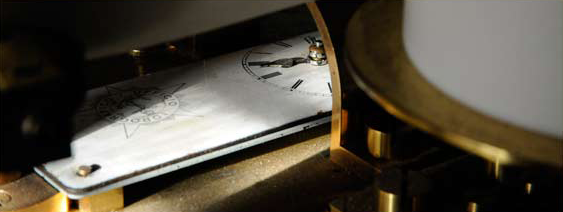Few people know that here in Genoa, right at Marina Porto Antico, an essential instrument for monitoring sea level and tide amplitude has been preserved for over 100 years.
It’s called a tide gauge, a term that originates from combining the words tide and measure.
The tide gauge, located in the dock since 1884, was moved to Ponte Morosini in 1910, near Marina Porto Antico, precisely where you can moor your boat to enjoy the beauty of Genoa and explore the wonderful stretches of the Liguria coast.
 From 1954 until today, the measurements taken by the Genoese tide gauge have acquired fundamental importance, becoming the reference point for calculating the altimetry of Italian territory. Consider, for example, Mont Blanc’s height of 4,809 meters “above sea level.” Only experts know that this “altimetric level” is defined based on surveys conducted in the stretch of sea that bathes Liguria, taking as “zero” the mean sea level determined by the Genoese tide gauge.
From 1954 until today, the measurements taken by the Genoese tide gauge have acquired fundamental importance, becoming the reference point for calculating the altimetry of Italian territory. Consider, for example, Mont Blanc’s height of 4,809 meters “above sea level.” Only experts know that this “altimetric level” is defined based on surveys conducted in the stretch of sea that bathes Liguria, taking as “zero” the mean sea level determined by the Genoese tide gauge.
But what is a tide gauge made of? And how are tides recorded?
Let’s begin by saying that the Navy Hydrographic Institute’s tide gauge located on Ponte Morosini is a floating type. The instrument in operation today is not the original one, as the equipment has evolved significantly over time. The first tide gauge was called “Thomson mareograph” and remained active until 2010.

Tidal variations were mechanically recorded by a pen that moved on a white paper roll driven by clockwork.
In the last 20 years, it has been supplemented with more modern instruments, featuring pressure sensors and radar sensors. The movements of the float are transmitted to a decoder, which translates the oscillations (and therefore tide levels) into instantaneous measurements of the distance between the reference point, fixed to a granite plane to minimize variations over decades, and the water surface, transmitting them to the Hydrographic Institute headquarters via GSM modem.
Through dedicated software, it’s possible to view real-time tide graphs and atmospheric pressure and temperature values detected through two specific sensors.
This is just one of the many hidden gems that the port of Genoa offers that not everyone knows about. By mooring at Marina Porto Antico, right near Ponte Morosini, you can be close to this piece of history.
This is also Genoa. This is also Liguria. Come discover them.
Marina Porto Antico awaits you.
Photo from Italian Navy website


